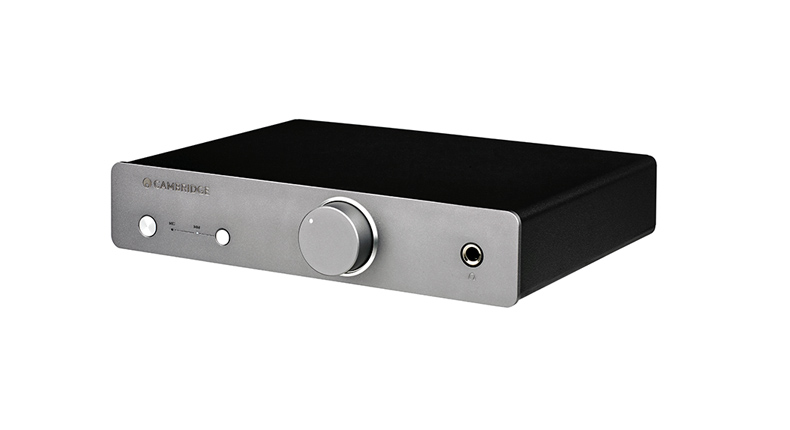What Hi-Fi? Verdict
The Cambridge Duo’s phono performance earns it five stars – the headphone amp is a nice bonus
Pros
- +
Full-bodied, warm presentation
- +
Times well, good dynamics
- +
MM and MC capability
- +
Built-in headphone amp
- +
Looks lovely and is a treat to use
Cons
- -
Rega Fono MM MK3 offers a tad more punch
Why you can trust What Hi-Fi?
Producing any five-star duo requires complementing talents, different enough to validate the inclusion of both parties while similar enough to form a cohesive whole.
The Duo referred to in the name of Cambridge Audio's latest phono stage – released alongside the moving-magnet-only Solo pre-amp – would seem to refer to its ability to handle both MM and MC turntable cartridges.
But it could perhaps indicate the Duo’s inclusion of an on-board headphone amplifier, for use in either a traditional hi-fi system or solely as middleman between your deck and a suitably talented pair of cans.
Or - as we’re about to find out - maybe it refers to that so-often-elusive relationship between striking design and sumptuous sonic performance.
Build and features
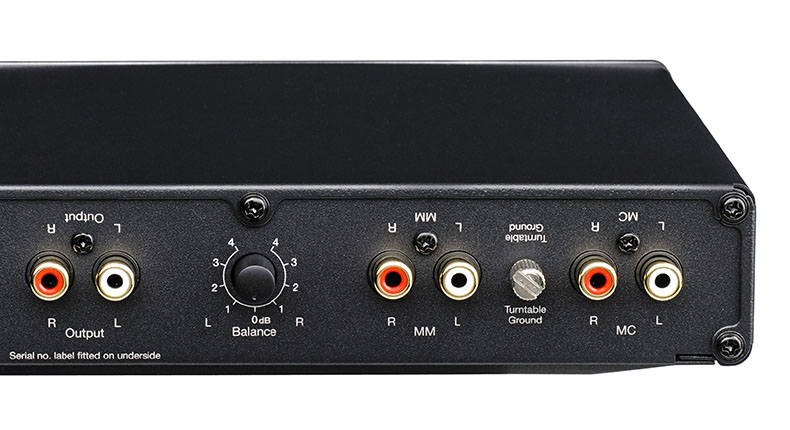
Few phono stages at this price offer such a sophisticated visual statement.
From the offset volume dial dominating the Duo’s otherwise minimalist fascia to the smaller, intuitive tics such as mirrored labelling on its rear (allowing for the easiest of connections whether looking face-on or peering over the top of its chassis), the Cambridge is a more intetesting looker than most.
It’s not short of connections or features either. There’s a 6.3mm headphone socket and buttons for power and cartridge options straddling the substantial dial, with MM and MC ins and single-ended outs and a small balance level on the back.
MORE: How to set up your turntable
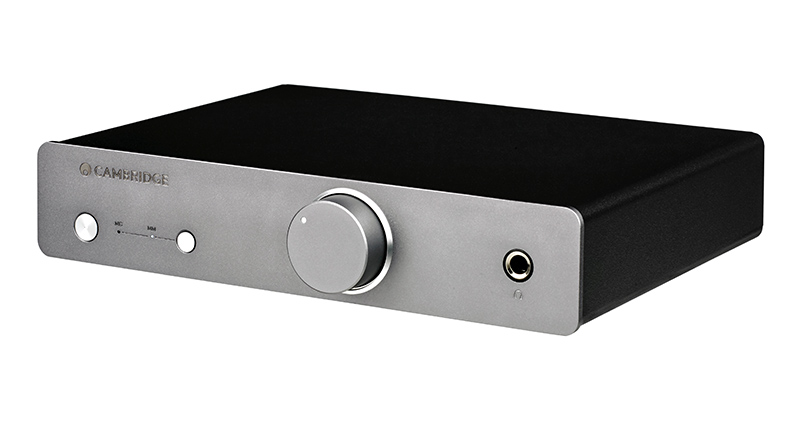
Aesthetically, it’s a delight – uncluttered, understated and stylish.
Cambridge has also paid attention to the little things in terms of the Duo’s running and performance.
A subsonic filter is there to help eliminate low-frequency rumbles, while its auto power-down after 20 minutes of inactivity, and 0.5W power requirement when on standby, keeps power consumption to a reasonable minimum.
Sound
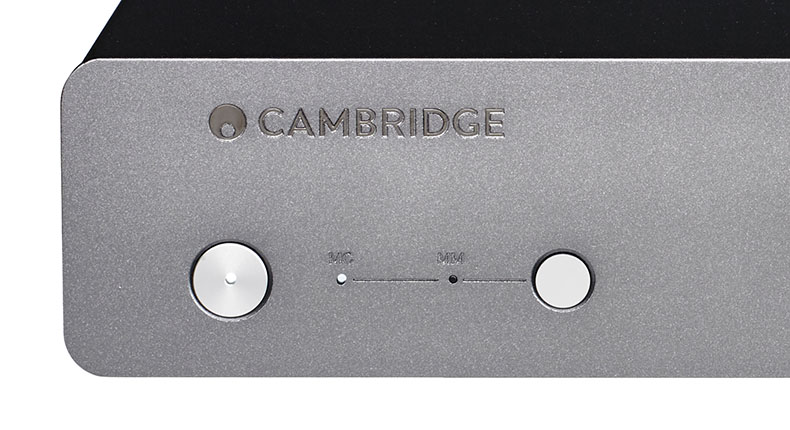
Good intentions do not a five-star review make, of course, but such attention to detail is sometimes indicative of a honed sonic performance. So it is with some anticipation we hook the Duo up to our reference system and shuffle our first record from its sleeve.
Our confidence is repaid during the eponymous opening track of The Blue Nile’s A Walk Across the Rooftops. It’s a detailed, dynamic performer that doesn’t shy from the warmth of the record - but nor does it wallow or warble in it either.
Pizzicato strings are buoyant, the bass guitar stabs with sufficient weight and agility, and the snare cuts through with reverb allowed to decay in its own time.
The presentation is spacious but cohesive, offering three-dimensionality while hanging its image front and centre.
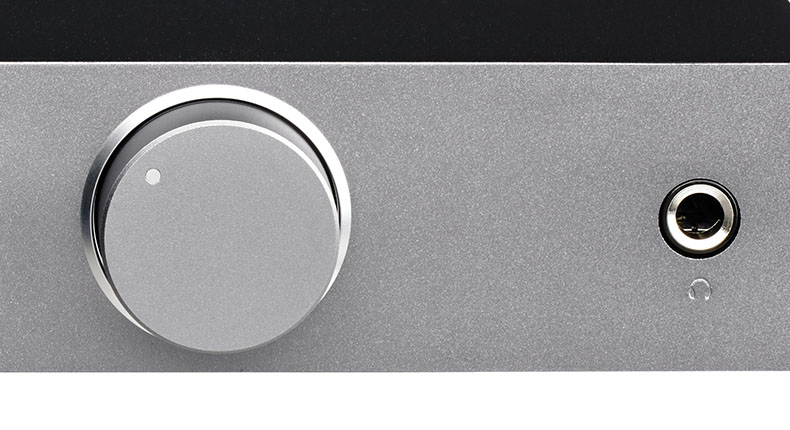
Healthy dynamics help the music drive rhythmically, supporting the Duo’s confident timing with beats of varying intensity while also describing the expression in Paul Buchanan’s soulful and often mournful vocal.
While the Duo doesn’t quite match the punch delivered by Rega’s Award-winning Fono MM MK3, it doesn’t lack bite either.
More driven tracks on the album, such as Stay or Tinseltown in the Rain are delivered with verve, though the Cambridge’s smoothness and warmth come into their own with its opulent performance of the more sentimental, inward-looking Easter Parade.
MORE: Rega Fono MM Mk3 review
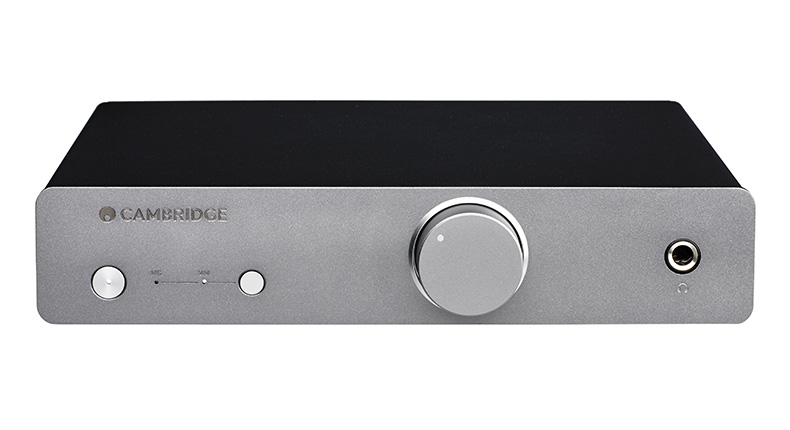
This kind of sonic glow is one reason you might opt for this phono stage over its class-leading counterpart.
It flourishes under these kinds of conditions, offering similar levels of detail, timing and dynamics but with a fuller body and perhaps more fulsome presentation.
That isn’t to understate its compatibility with both moving magnet and moving coil cartridges nor, more importantly as far as we’re concerned, its in-built headphone amp.
Those additions make the Duo a unique five-star prospect at this price, and ought to earn it a reasonable amount of admirers regardless of its charming sonic character.
MORE: How does a vinyl record make a sound?
Verdict
Rarely does Cambridge Audio fire too wide of the mark, but the Duo hits right at the centre of the target.
It's a well-specified, full-bodied, dynamic performer, as classy as a matinée idol in a smoking jacket. You really can’t go wrong.
MORE:
See all our Cambridge Audio reviews
What Hi-Fi?, founded in 1976, is the world's leading independent guide to buying and owning hi-fi and home entertainment products. Our comprehensive tests help you buy the very best for your money, with our advice sections giving you step-by-step information on how to get even more from your music and movies. Everything is tested by our dedicated team of in-house reviewers in our custom-built test rooms in London, Reading and Bath. Our coveted five-star rating and Awards are recognised all over the world as the ultimate seal of approval, so you can buy with absolute confidence.
